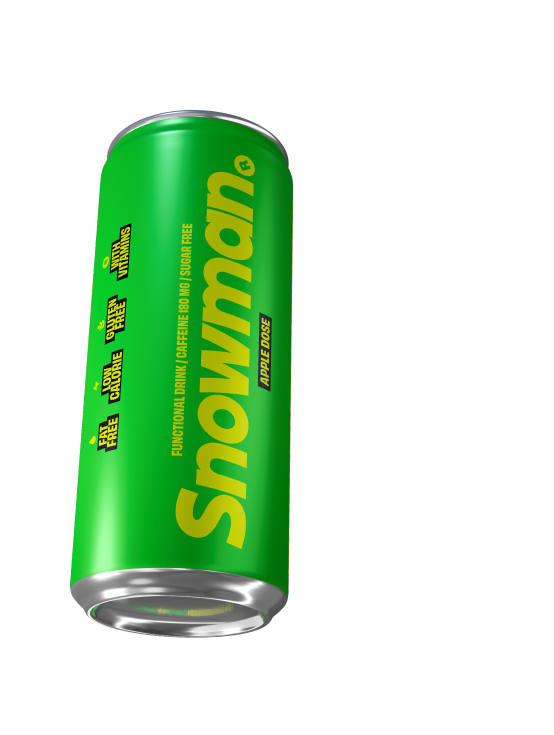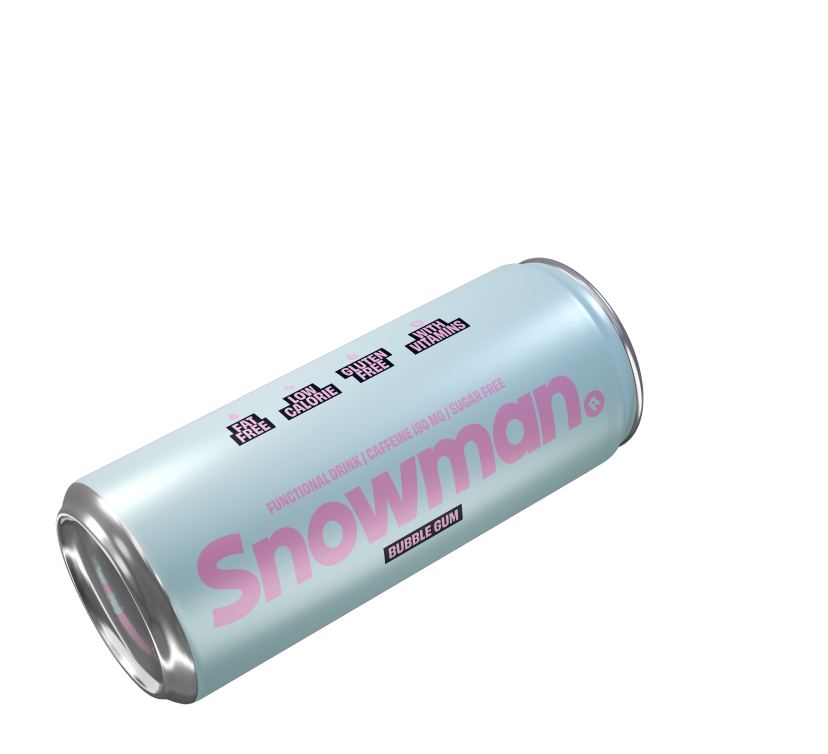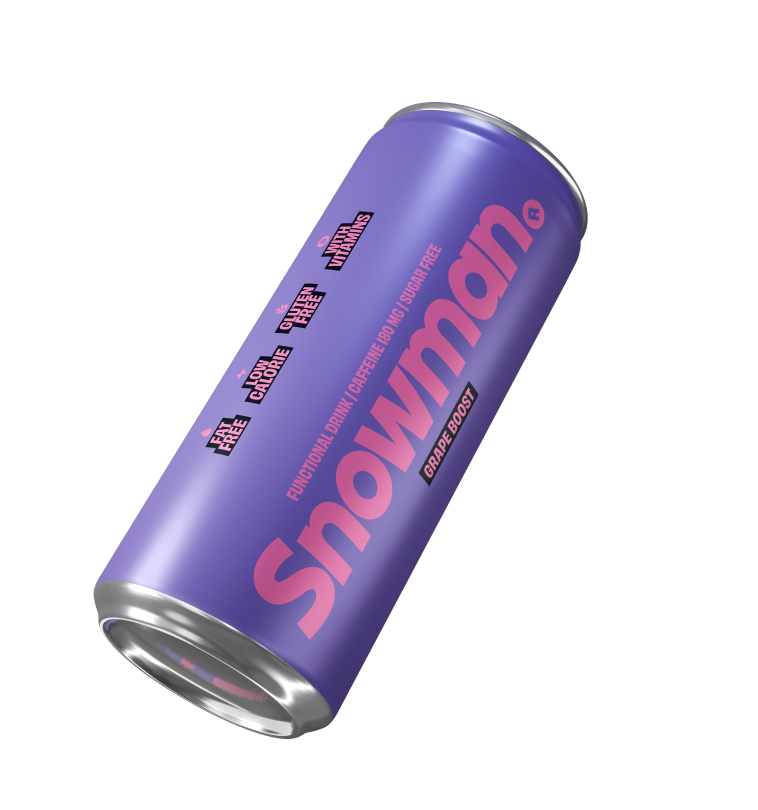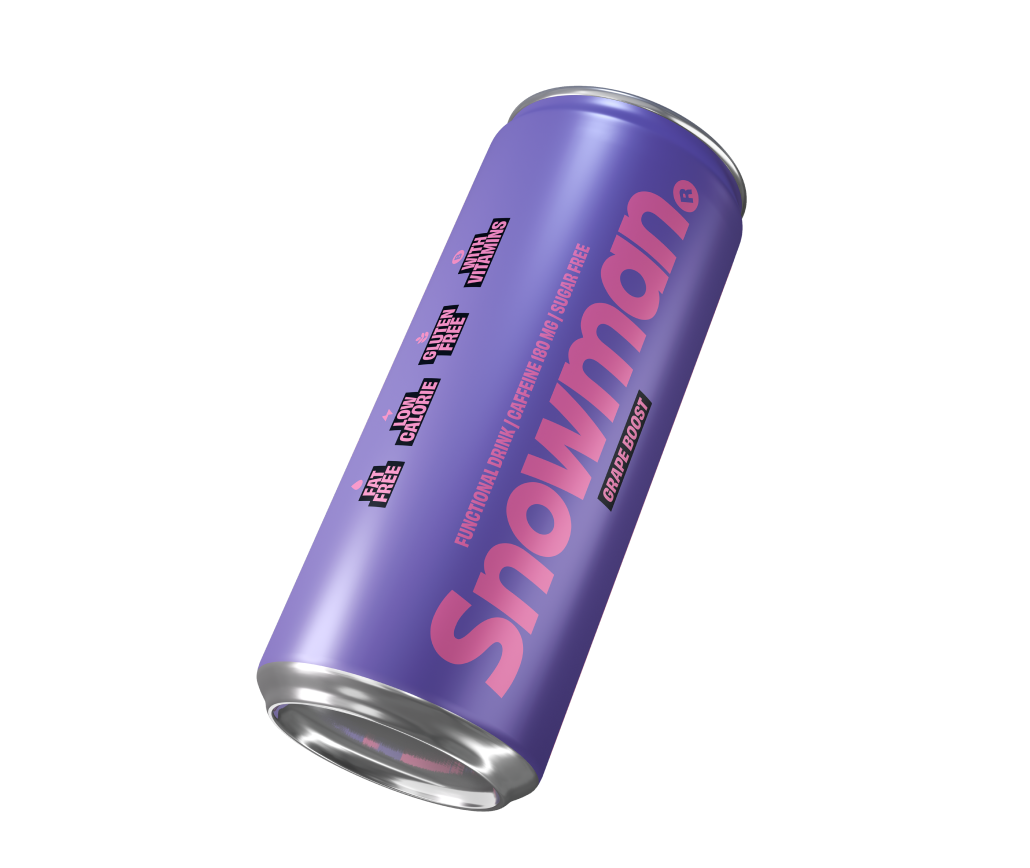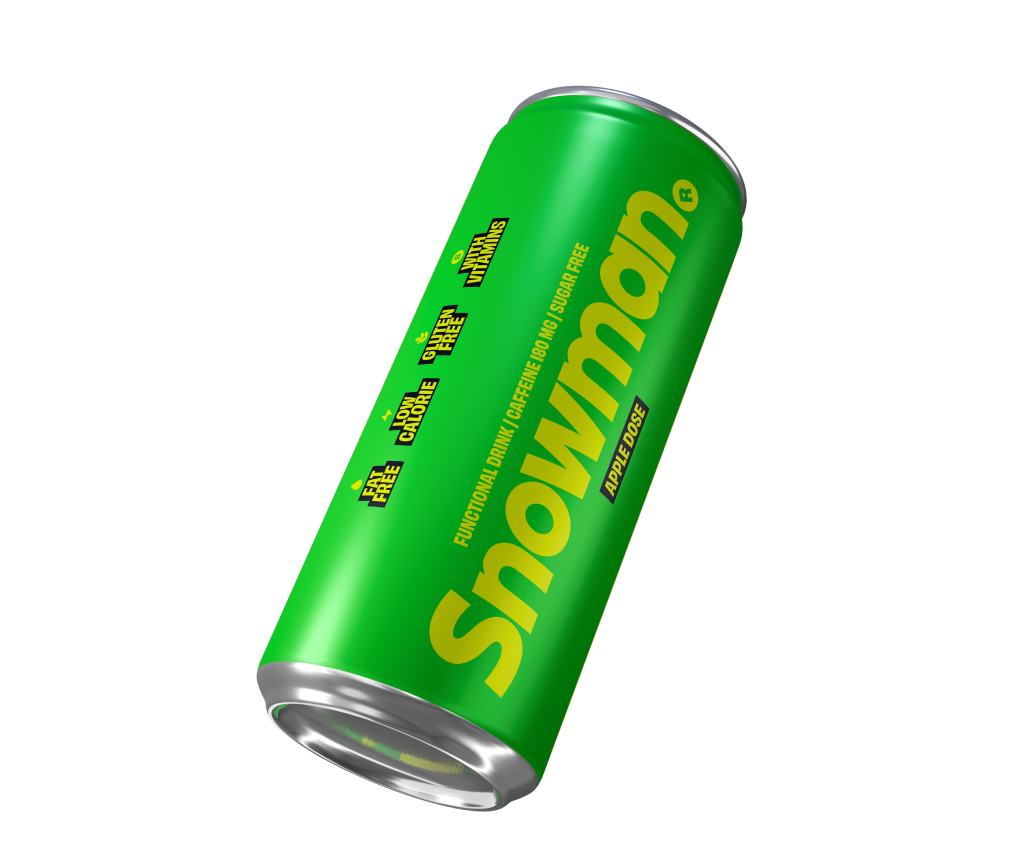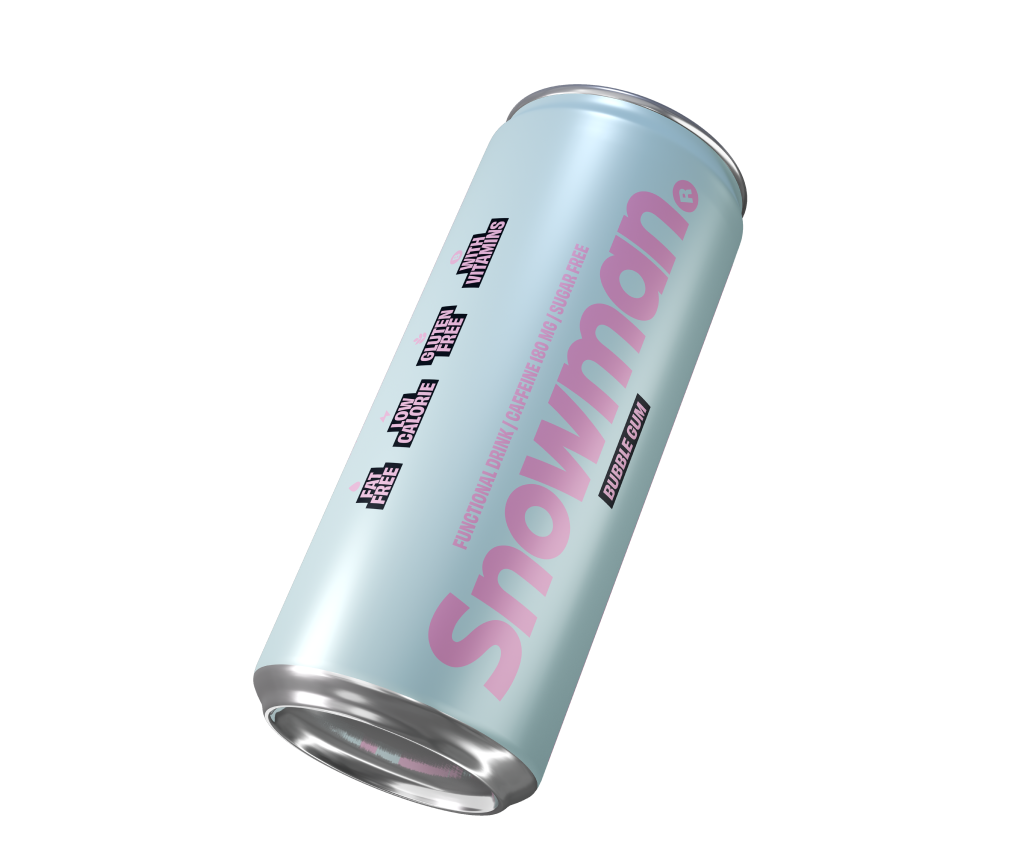
Flavored nicotine pouches have seen massive growth, particularly in fruit, mint, candy, and dessert categories. With sleek packaging and social media exposure, they’re being widely marketed as adult alternatives to cigarettes. However, their flavor appeal has raised alarms over youth uptake and addiction risks.
Trends: What’s Fueling Popularity?
- Rapid adoption, especially among teens: U.S. use doubled among high schoolers from 2023 to 2024, rising to about 2.6% of students in 2025.
- Discreet use and flavor variety attract users seeking less conspicuous nicotine intake ABC7 Los Angeles.
- Flavor innovation—from citrus to coffee—is central to the hype and sales, especially via influencer marketing.
Health Controversies & Scientific Concerns
Youth Addiction and Neurodevelopment
- Nicotine exposure in adolescence disrupts brain development—affecting memory, impulse control, attention, and mood regulation The Washington Post.
- The addictive potential is high. Estimates show ~32% of first-time users develop dependency on nicotine Wikipedia.
Dual-Use Dilemma
- Many adults who use flavored pouches continue smoking. Studies report 70–84% of pouch users also smoke—undermining harm reduction efforts.
- Limited data suggests no significant decline in tobacco-related harm among dual users.
Flavoring and Oral Health Risks
- Flavoring agents, even food-grade ones, can irritate oral tissues and immune responses in the gums
- Ingredients often resemble those linked to respiratory or cellular toxicity in inhaled products, though pouch use avoids lungs directly
Cardiovascular & Systemic Effects
- Nicotine can elevate heart rate, blood pressure, and cause vasoconstriction—potentially raising cardiovascular risk with frequent use Wikipedia.
Poisoning Risk in Children
- Flavored pouches’ candy-like appeal and easy concealability have led to dramatic increases in pediatric poisoning cases—up 763% over three years in the U.S., some fatal.
Regulatory & Public Health Reponses
- Flavor bans proposed in places like New York cite youth-targeted marketing. Critics argue flavor options support adult smokers switching from cigarettes.
- Some states classify flavored pouches as illicit and impose steep fines to curb youth access and black-market sales.
- Public health bodies remain divided: some highlight harm reduction potential, while others stress uncontrolled youth uptake and lack of FDA-approved cessation aid status The Washington Post.
Summary Table: Potential Benefits vs Risks
| Benefit | Concern |
|---|---|
| Tobacco-free and potentially lower risk than smoking. | Highly appealing to youth via flavors and social media |
| Helps adults switch from combustibles (if not dual-used) The Washington PostNature | Dual use undermines health benefits |
| Neutral smell and convenience | Flavor chemicals may harm gum and oral tissue |
| Alternatives for those avoiding smoke or vaping | Nicotine may impair developing brains; cardiovascular risks exist |
| No combustion-related toxins | Reports of serious pediatric poisoning cases |
FAQs: Flavored Nicotine Pouches
1. Do flavors make pouches less harmful?
No—they may improve taste but add irritation risks and youth appeal.
2. Are flavored pouches approved for quitting smoking?
Not by FDA. Some are authorized for sale, but not as cessation therapies.
3. Do they reduce risks compared to vaping or cigarettes?
They eliminate smoke-related toxins but still deliver addictive nicotine.
4. Is youth usage a real concern?
Yes—teen use doubled recently, largely tied to flavored products.
5. Are flavor bans effective?
Controversial—bans may reduce youth use, but critics warn of illicit market expansion.
6. Should adults choose flavored options?
Flavor may aid quitting, but use cautiously and avoid re-normalizing nicotine use.
Conclusion: A Mixed Picture
Flavored nicotine pouches offer convenience and potentially reduced harm for adult smokers—but they also pose clear health risks and draw youth toward addiction. Proper regulations, transparent marketing, and comprehensive long-term research are essential to harness benefits while limiting misuse.
